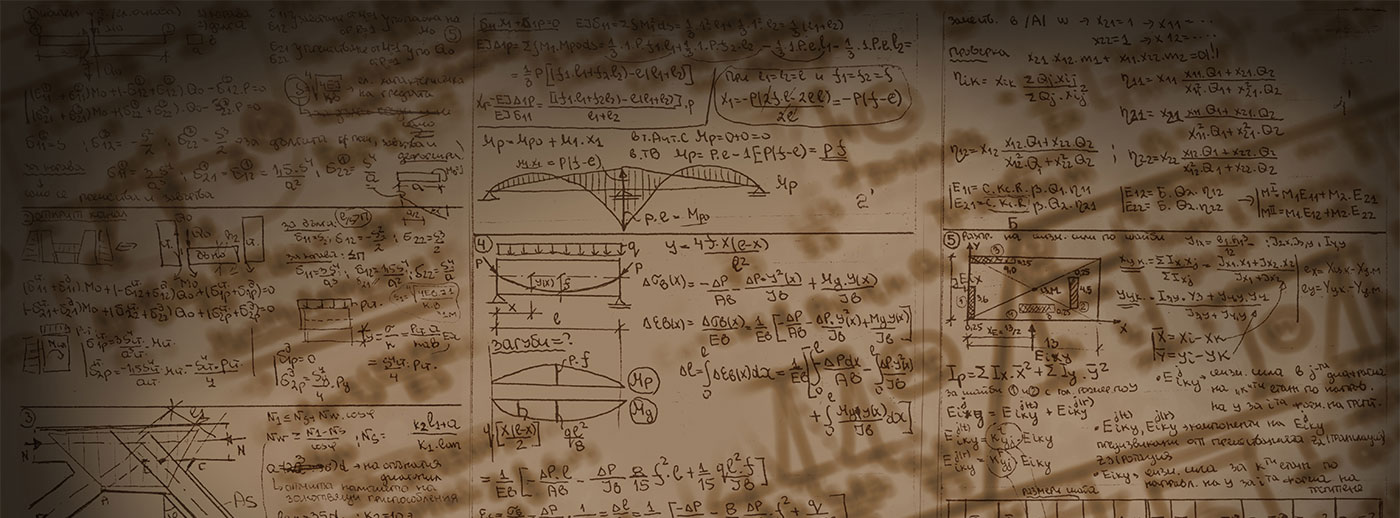
Software patents raised a lot of hairs twenty years ago, mainly because while governments are slow to react to change, software evolves rapidly, and patents thus live on for too long in comparison to hardware. Let’s in this blog post take a look at how AI patents are similar and different from software patents and what challenges can be seen in AI patenting.
At the same time, this is a short recap of a Fireside chat we did a week ago. Watch the entire chat below.
Let’s start with a short recap of why patents exist in the first place. Patents can be traced back to historical Greece and the Roman Empire. The basic idea behind patents is to increase innovation. Patents are an agreement between an inventor and the state about public exposure of the invention in exchange for monopoly over the idea. By opening up the idea for others to explore and use as inspiration for new ideas, the inventor gets a guarantee from the state that they alone can use or license the invention.
Patent are however only granted for explicit inventions; not a thought, a mathematical model or an algorithm. In order to be able to patent something, regardless of where in the world you are the invention has to be novel, include an inventive step, be bound to a subject area and have an industrial application. An idea that cannot be applied in industry or isn’t entirely new or doesn’t involve an inventive step or isn’t bound to a specific use-case cannot be patented.
Patenting AI
As Machine Learning (ML) is about writing software in a specific way, AI or ML is at the end of the day “just software ”. For instance, did you know that the dropout rate, often used in neural network design, is patented by Google (see Patent US9406017B2 )? It is a specific implementation in a computer program that was new during its time. Will google ever enforce this patent that pretty much everybody is infringing in some way? Hard to tell, but the other big players for sure know about it, and it’s for sure used as a bargaining chip if some other patent claim arises.
If however, you were to come up with a similar idea of killing of nodes but used e.g. in biology (and it wasn’t patented before) then Google’s dropout patent wouldn’t apply. A patent is always for a specific use-case. At the end of the day, this AI patent is just software and works in the same way as e.g. Amazon’s one-click button patent .
Patenting of AI, however, turns a bit more interesting when we move from patenting software that creates AI to AI that creates something else.
AI as an Inventor
The most famous case of AI as an investor is the Oral B cross action toothbrush . In this case, an AI model was given a problem, and it generated the design for the most optimal toothbrush. At first sight, it could be easy to say that somebody created the AI model and they , in fact, are the inventors – and this is in fact how the problem was solved because only natural persons ( i.e. not corporations and not AI models) can be inventors.
The real conundrum is whether or not we should allow AI to be an inventor? This question is what the lawmakers are struggling with at the moment. One of the problems is that, if we do allow AI to be an inventor, it will raise the bar for what a novel idea is in the future. You could state that all human-made inventions coming after that will be trivial and non-novel to the AI models. Then again, if we believe AI models will make better toothbrushes than us in the future too, does it matter who the inventor is?
Check out the fireside chat on Patenting AI for 38 minutes of guaranteed braingasms. You’ll find out, among others, when to patent things, when copyright law is enough, what patenting costs, what the definition of a trade secret is and more.
